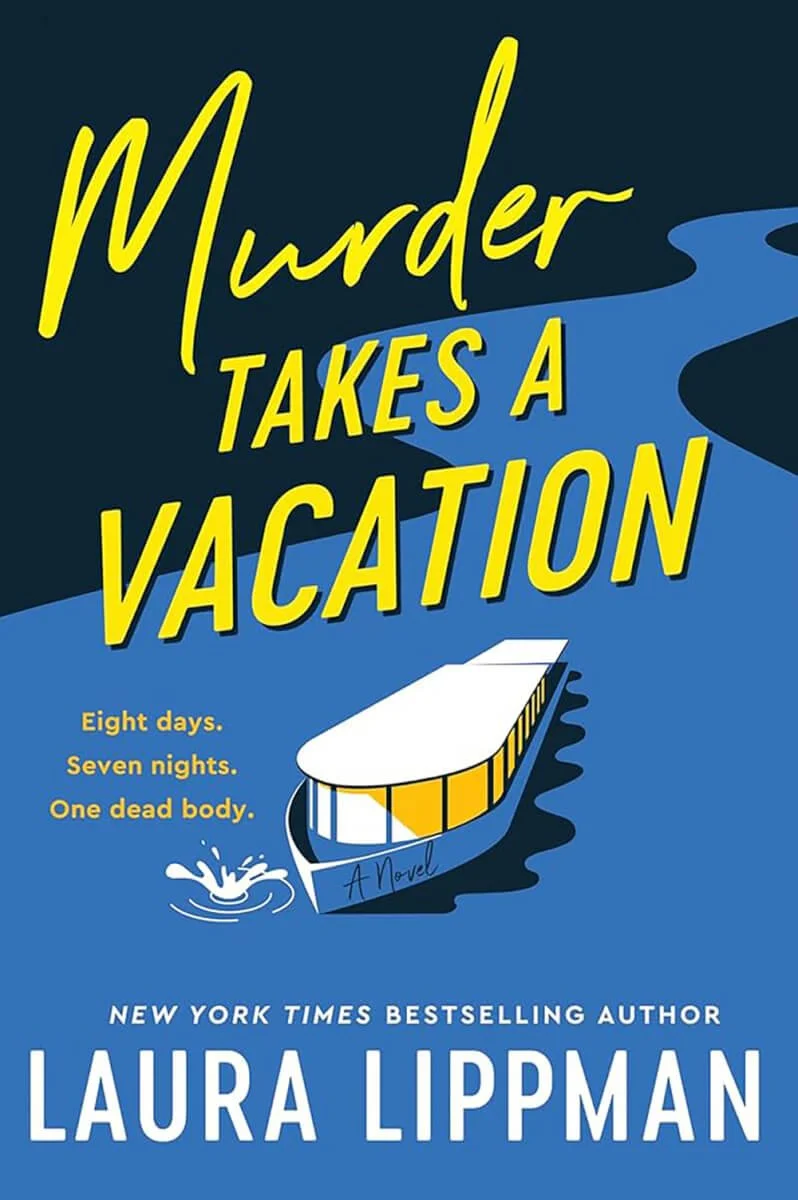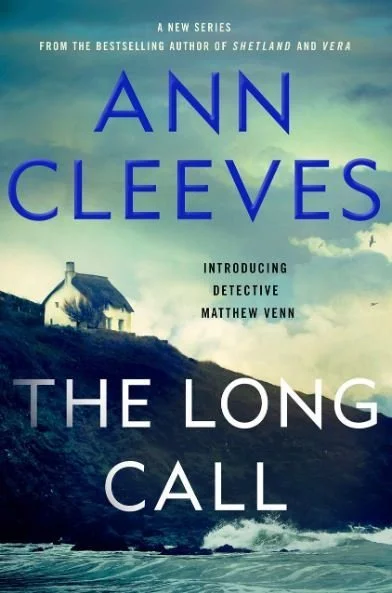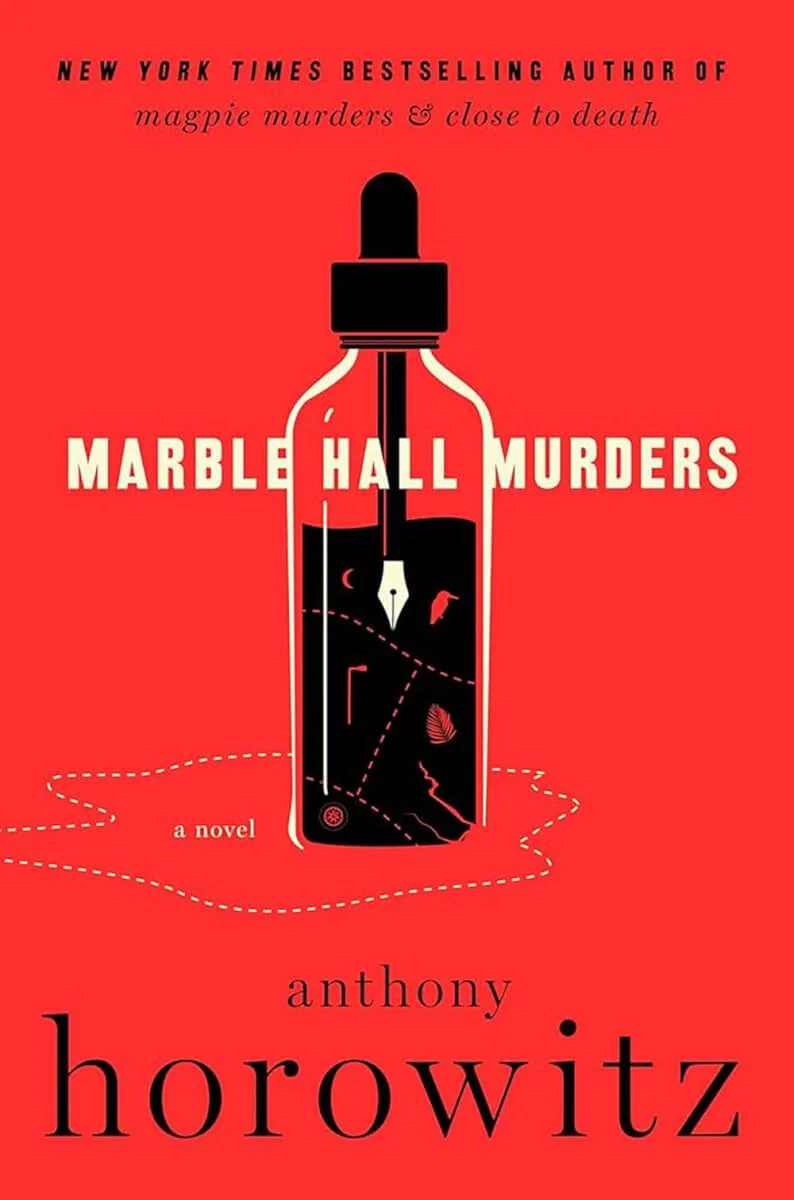Some authors of mystery novels really churn those titles out. Here are reviews of novels by two women who are beloved by followers of the genre.
Murder Takes a Vacation Laura Lippman (2025) The mystery writer Laura Lippman takes one of the minor characters from a previous novel and makes her the star of this one. Mrs Muriel Blossom is a widow who has been providing daycare for her daughter’s children for several years. Suddenly, the daughter and son-in-law relocate their family to Japan for work, and they do not invite Mrs Blossom to join them. Mrs Blossom’s sadness at this turn of events is mitigated when she finds a lottery ticket in a parking lot and learns that she’s won a large fortune. She books a cruise on the Seine, with stops in Paris, and that’s when the plot gets twisty. Why do several men take a special interest in a 68-year-old woman who wears unfashionable clothes? Might it be that she has unknowingly been drawn into the heist of a major work of art? I guessed pieces of this mystery, but the full unfolding in the final chapters was a surprise. This is a light read, with appealing characters and several fun excursions around Paris.
The Long Call Ann Cleeves (2019) Author Ann Cleeves is well known for two series of mysteries that became popular multi-episode television programs, currently streaming on BritBox: The Shetland Series (with Jimmy Perez) and The Vera Stanhope Series. Back in 2019, Cleeves launched The Two River Series with The Long Call, introducing detective Matthew Venn and set on the wild and gorgeous north coast of Devon, in southwest England. Matthew has recently moved back to this area to take a new police job, but he’s conflicted about being near where he grew up, in a strict fundamentalist Christian sect that he’s long been estranged from. When a man is found stabbed to death on a Devon beach, Matthew heads the investigation, following leads linked to an arts complex that also houses a day center for developmentally disabled adults. Complicating matters, Matthew’s husband founded and now runs this arts complex. The plot has plenty of twists and red herrings, and all the detectives on the case come alive on the page. Matthew, in particular, will steal your heart with his sensitivity and kindness and inner brokenness. He’s also a damn fine investigator. This is the only book in The Two River Series that has been brought to the screen, also on BritBox.














































